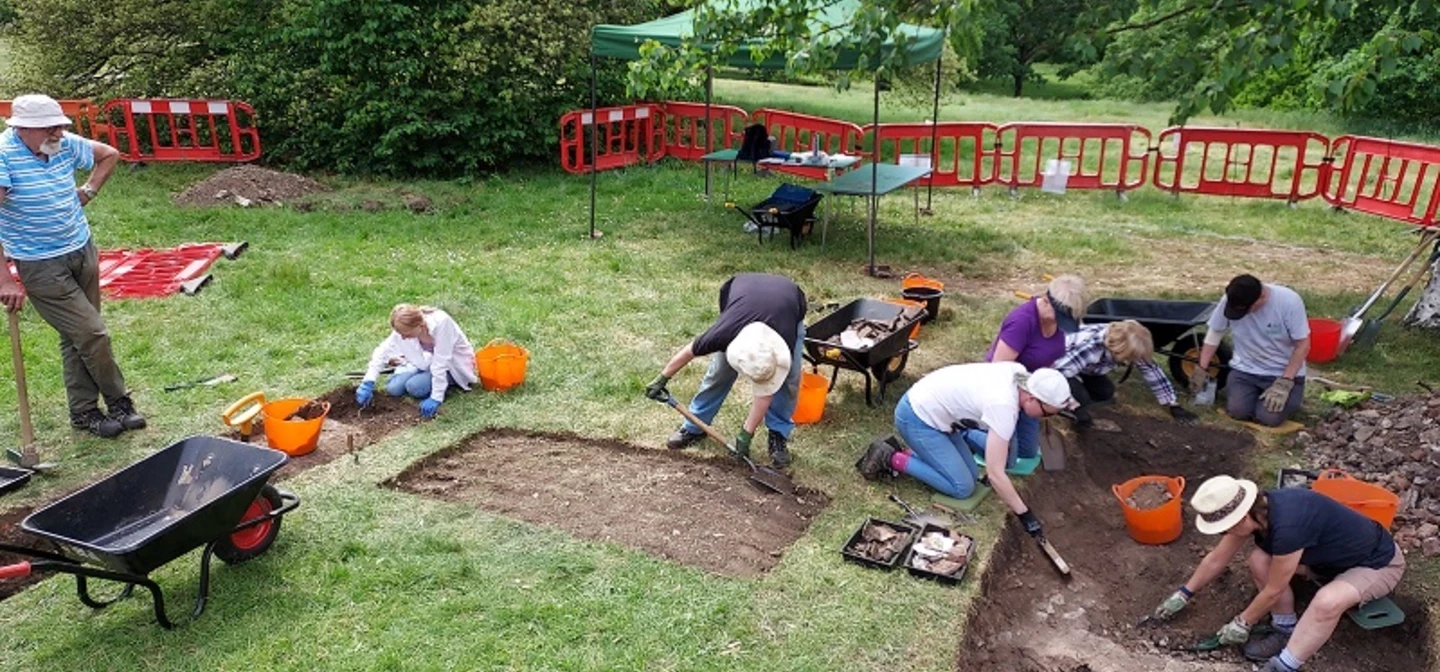
Magnetic observatory community dig
Greenwich Park Revealed is a 4-year £8million project supported by National Lottery Heritage Fund and National Lottery Community Fund to protect, restore and reveal the historic landscape of this World Heritage Site.
As part of the project Community Archaeologist Andrew Mayfield organised a dig this May, to search for clues to Greenwich Park's former magnetic observatory. In this blog Andrew shares his dig diary as it happened, detailing what they found and what it tells us about the park's past.
I’m Andrew, Community Archaeologist for the Greenwich Park Revealed project.
The fences are up, the trowels are ready! Read on for the diary of our community archaeology dig on the site of the magnetic observatory which took place over three weeks.
Our team of community volunteers and school groups set out to look for the remains of two buildings: The magnetic pavilion, built in the 1890s and demolished in the 1930s; and the Yapp Telescope, built in the 1930s and demolished in the late 1950s.
We wanted to learn more about how the structures were built and what survives of them beneath the park. We also hoped to learn more about the people that worked at the site. What traces did they leave behind?
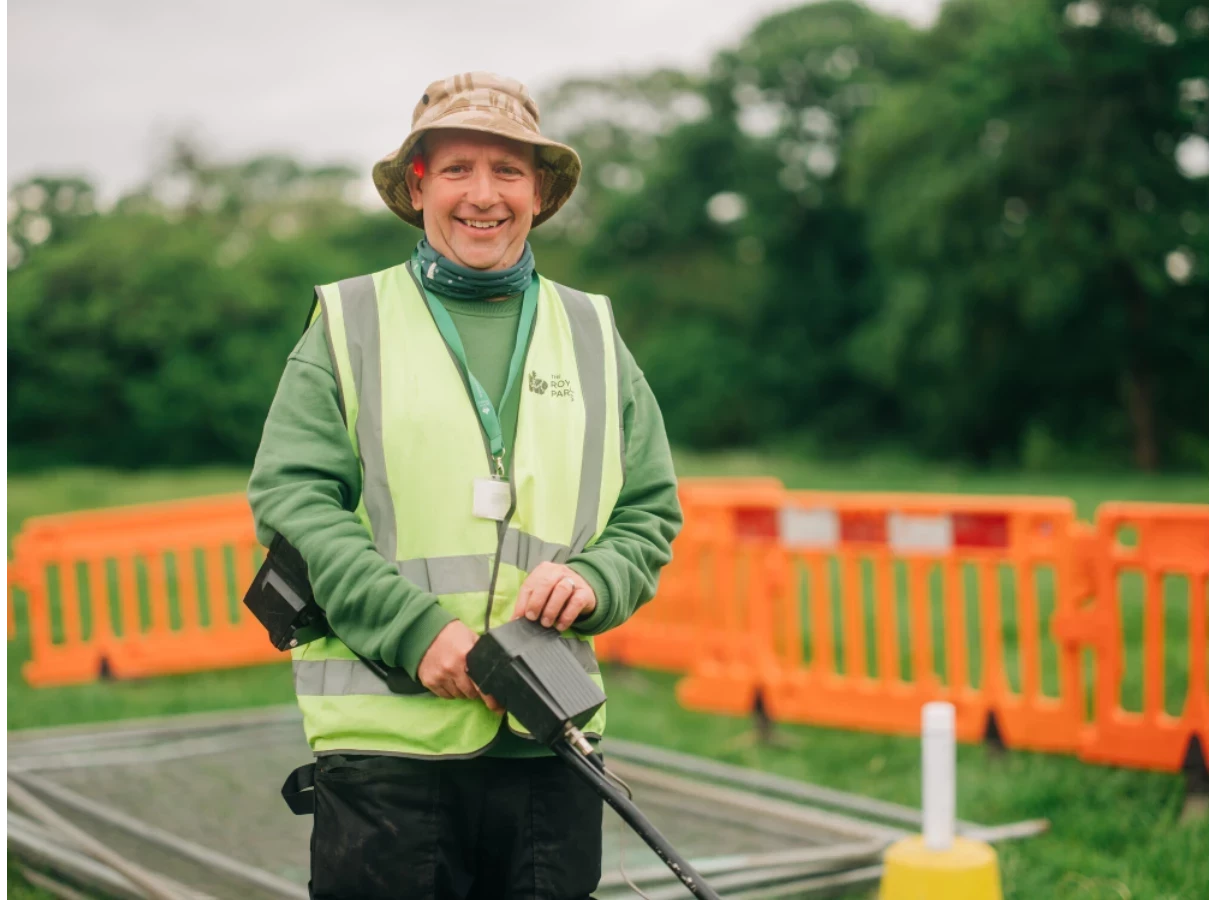
Day 1
A humid day on site, but we found the structural remains of the Yapp telescope building on our first day! Constructed in 1932 to house a telescope presented by philanthropist William Johnstone Yapp, we opened a series of trenches (1m by 2m) to identify the footings of the demolished building (it was pulled down in the late 1950s). So far, we have identified the storeroom extension and some of the footings of the main structure. We will explore these further over the rest of the week.
The site will be fully reinstated after the project.
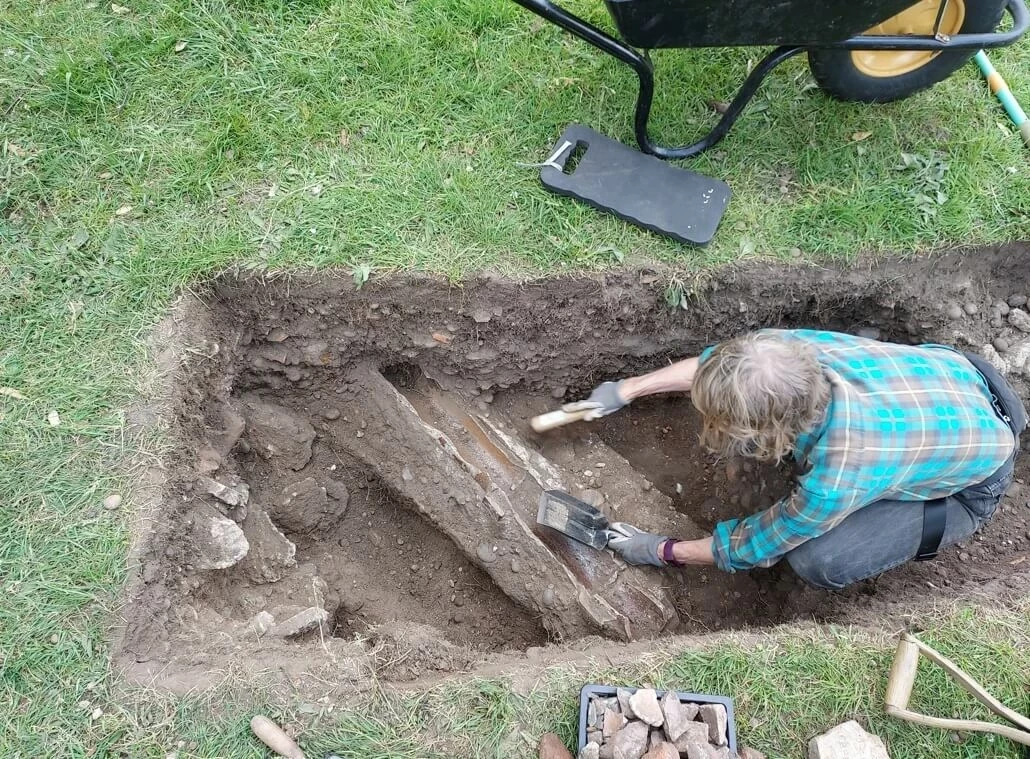
Day 2
What a scorcher it’s been! The volunteers made great progress today exploring the storeroom end of the telescope building. We found a lot of mysterious glazed tiles with '2 1/2' stamped on them. What were they used for? A few nice shards of pottery also turned up, did the astronomers stop for tea? We even found oyster shells!
In the trench next door, we worked our way down to where the wall should be and appear to have located a mass of construction materials. This needs more investigation tomorrow. We are still hoping to find a bit of wall left behind when the building was demolished...
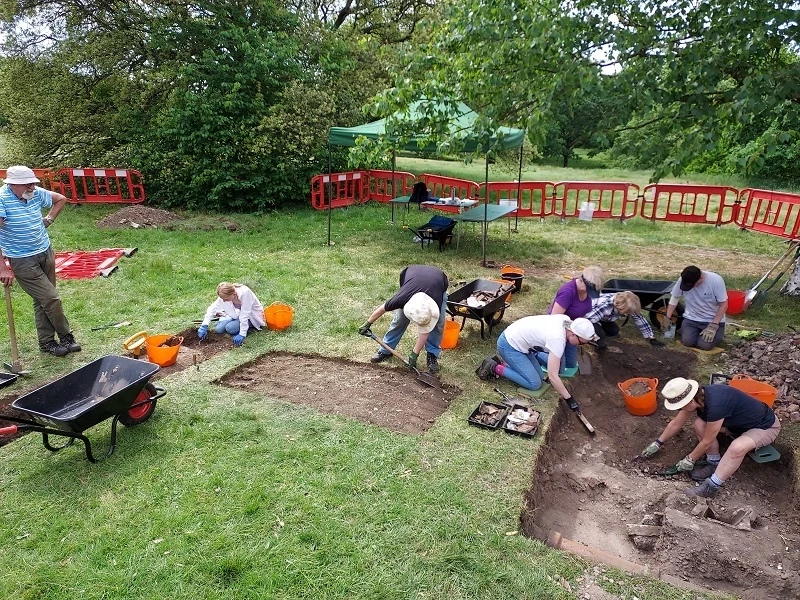
Day 3
I am amazed at how much soil we have shifted in just 3 days! The team continued to focus on the 'storeroom end' of the Yapp building. Although the building has been demolished to its footings, we are learning more about its construction every day. We've uncovered lots more window glass, and plenty of drains. Our next dig target is to look for the remains of one of the concrete pillars that held up the telescope.
We were also visited by the local priest!
And we have a question for you. Why do you think we are finding so many copper nails strewn across the site?
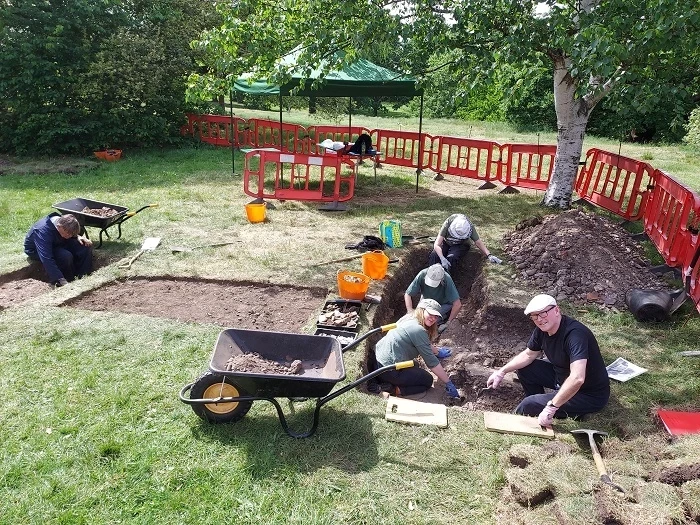
Days 4 & 5
We had a lovely weekend on our community archaeology excavation, working with the North Downs Young Archaeologists' Club on Saturday and some super family groups on Sunday.
Work continues on the telescope building and we are learning more about how it was built and the people who used it.
This week we have a number of local schools joining us to explore the site and have fun learning about its past - and we will open up a small trench across the magnetic pavilion.
Star find of the weekend was this beautiful small glass bottle!
So, why the copper nails? We are also finding a lot of lead fittings. These are not magnetic and so would not have affected the work taking place in the lost magnetic observatory. The site was chosen because it was magnetically neutral, so no building materials could interfere with this! We have even been told that the surrounding fence was secured with copper nails.
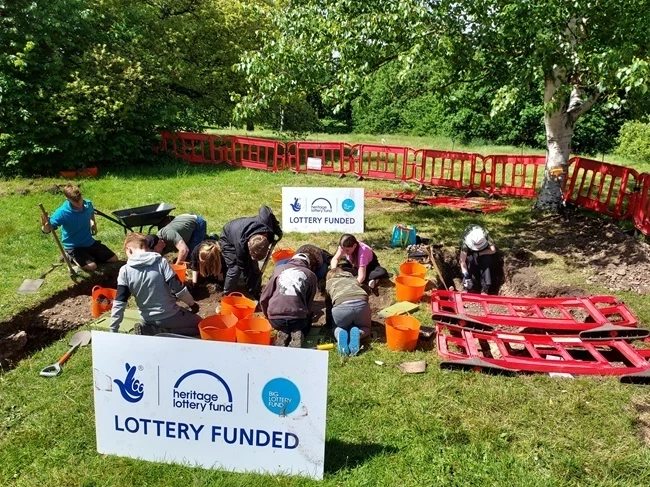
Day 6
A new week and a very successful first day of schools on our #communityarchaeology dig! A class of Year 6 in the morning and Year 3 in the afternoon from two local schools. With their help we just might have found the remains of the basement floor inside the telescope building - more to follow. And more schools helping tomorrow too.
We also opened a trench along the southern wall line of the 1890s Magnetic Pavilion building and what a result, the foundations are still there! It appears to have survived much better than its neighbouring telescope building. Lots more to do, but we have detailed plans of the Magnetic Pavilion from the National Archives so we can use these to guide our work.
On a personal note, as community archaeologist for the Greenwich Park Revealed project, I will also be celebrating my first year in post this week!
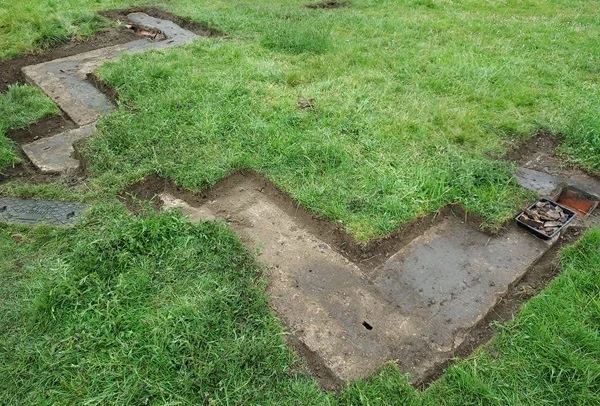
Day 7
We are now halfway through our #communityarchaeology dig and it is going brilliantly! The weather couldn’t dampen our spirits today as a group of Year 3 children from Horn Park Primary School in the morning and Year 6 children from Hawksmoor Primary School in the afternoon continued to explore the remains of the Yapp telescope site. Everyone found pieces of brick, mortar and tile from the demolished building and even the teachers joined in with the dig. Our adult volunteers working on the telescope site have also identified the northern end of the telescope building, so we can start to measure out its extents and even mark it out on the ground.
Over at our magnetic pavilion trenches we have a mystery! Only half of the building has survived, and we are not quite sure why. The picture below shows the southern half of the building (looking east), with a bay window to the right, but we are lacking a doorway in the foreground. Why did they only demolish half of the structure?

Day 8
The mystery of the story beneath our feet unfolds and we would love your thoughts on the discoveries we are making!
We had a single class of year 3 pupils from Horn Park on site this morning. They worked hard in both school trenches and helped completely expose a new site puzzle! We have found a large piece of concrete, in what is roughly the centre of the Yapp telescope building. Unlike all the other slabs of concrete, this one appears in place and is the only surviving part of the floor of the telescope building we have found. Why did the people demolishing the building leave us something to find? Did they run out of energy breaking up the concrete floor, or were they leaving something in situ for future generations? It’s one of those lovely conundrums that make archaeology so much fun - trying to understand people’s actions in the past, from the evidence they leave behind.
Over at the site of the magnetic pavilion, we are still puzzling out why we only have half a building! We have found some very nice drain pieces, with DOULTON LAMBETH LONDON stamped on them. This adds to the evidence for how the buildings were fitted out and finished. Both appear to have had green painted walls...
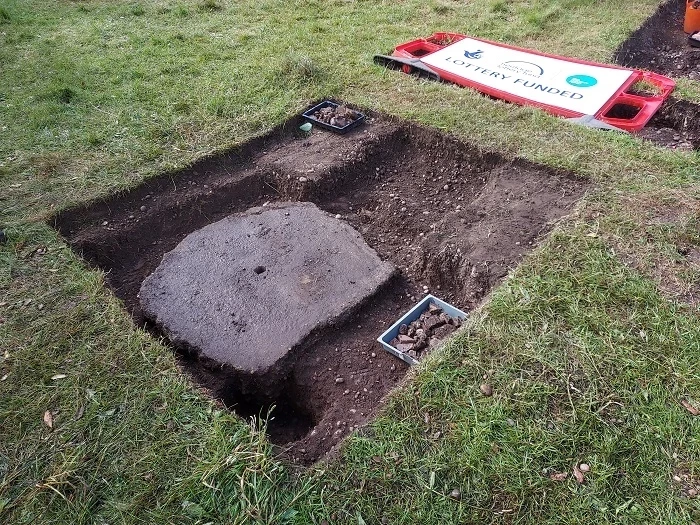
Day 9
Today we were joined by classes from Cherry Orchard and Meridian primary schools. Both schools worked really hard, looking for evidence of our lost telescope building. In one trench we had lots of pieces of broken concrete floor, whilst in the other we have our megalithic piece of possible in-situ flooring…still being uncovered. It has been great seeing the kids develop their team working skills to dig round larger pieces of rubble. One group even had a delegated worm remover!
At our magnetic pavilion excavation, we are uncovering more evidence for the demolished wooden building, that originally sat in its own enclosure. We have the Doulton drains we mentioned yesterday, plaster from the walls with a green paint scheme and today, two copper alloy nails with wood still attached! These are floor nails and they had to be non-magnetic to avoid interfering with the readings being taken in the building. The structure even had a very ornate (non-magnetic) lead roof. The fragments of wood are from the wooden floor of the building, removed almost one hundred years ago!
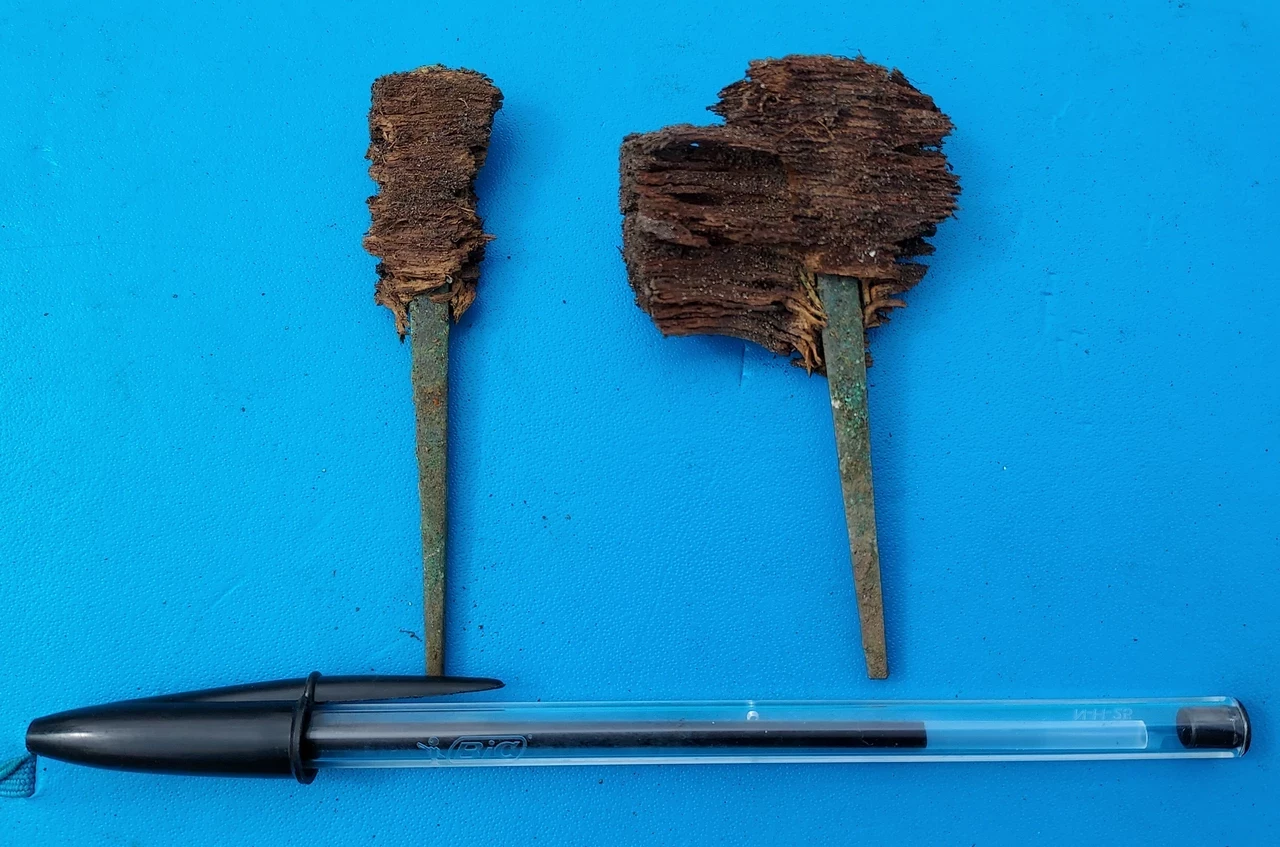
Days 10 & 11
We welcomed our last schools on Friday: two year 4 classes from Trinity Primary School. They worked hard all day in the building where the telescope was located, with finds including this lovely complete LBC PHORPRES brick! The London Brick Company seemed to have supplied many of the bricks for the telescope build and PHORPRES refers to the fact that the bricks were pressed from four sides during their manufacture.
We would like to thank all the schools that took part in the dig so enthusiastically and to all the teachers and parents who came along and helped too. The schools project would not have been possible without our partners the FSC London and volunteers Ian and Trevor who helped supervise the school trenches.
Over at the magnetic pavilion site we have established that a new drain we have found cuts through the foundations of the building and must have been put in as they rebuilt parts of the site in the 1930s…and added a loo!
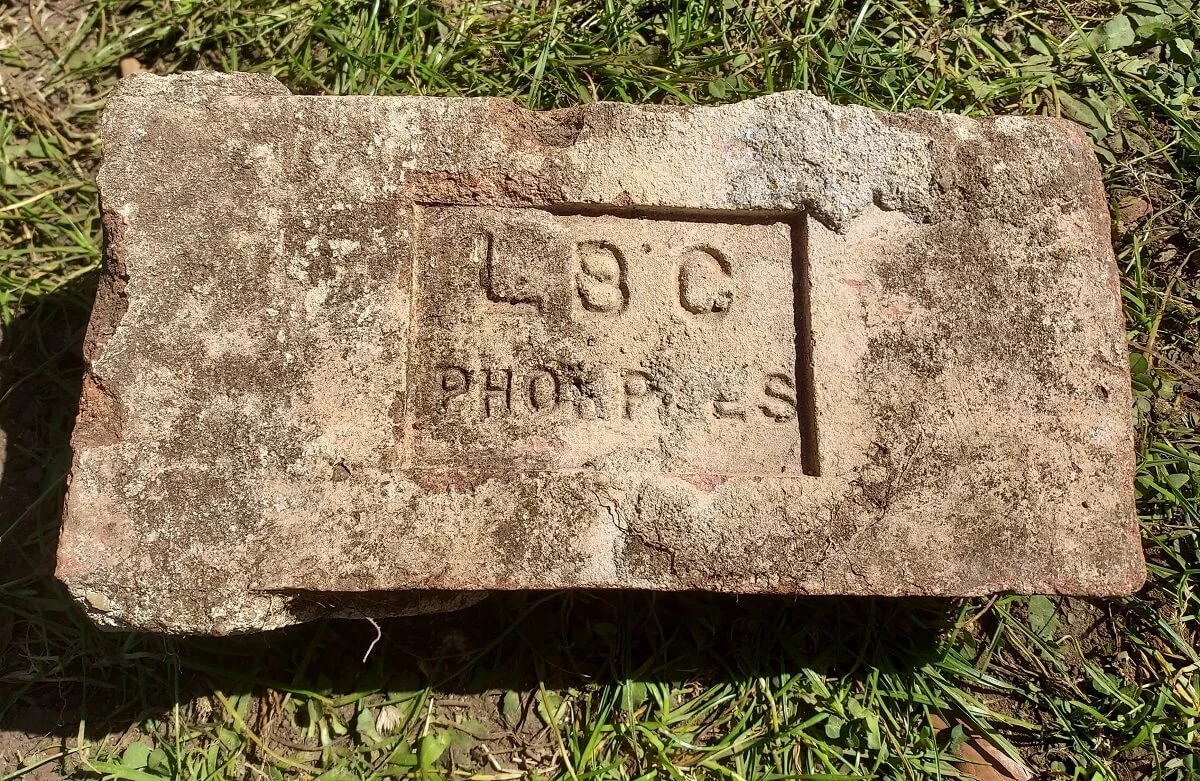
Day 12
We have entered the final three days of our community dig. After the excitement of almost 240 school children digging and nearly 300 visitors, things were a lot calmer on site today. We focused on the Yapp telescope building, with two objectives. Firstly, find the staircase that led to the first floor and the observation dome. Do any traces of it remain? Secondly, look for one of the huge concrete piers that held up the telescope. Did the footings of this mega concrete plinth survive?
So far the staircase remains elusive, though from all of our measurements, we do appear to be digging in the right place. The concrete pier may just be revealing itself…more on this to follow! In the centre of the Yapp telescope site, we have our megalithic piece of concrete. This appears level and in situ, but careful excavation around it has revealed a mass of drainpipes and ceramic ducts. These appear to be incorporated into the concrete base, anchored under the centre of the building (see photo below). We have just TWO DAYS LEFT to make sense of things…
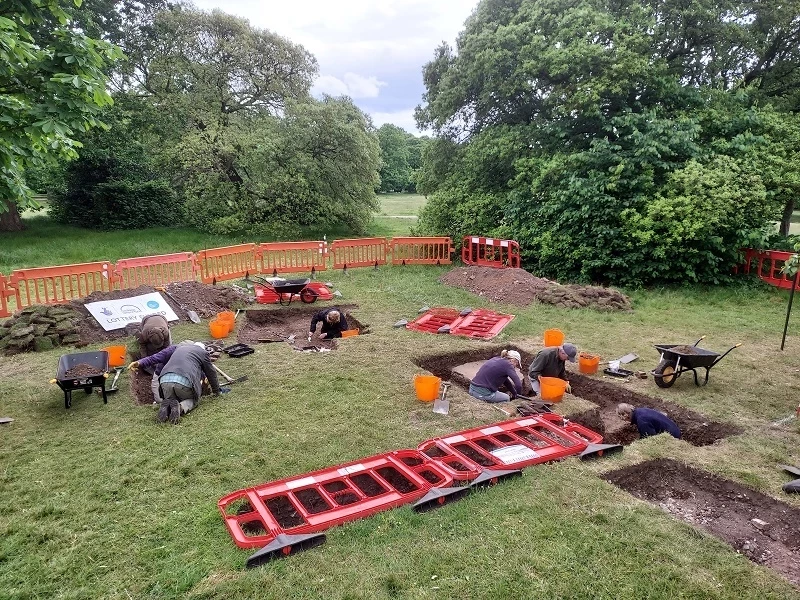
Day 13
We dodged showers during the dig before we were hit by a monsoon in the afternoon, from which many of us are still drying out! We are still aiming to answer two remaining questions about the Yapp telescope building: where is the staircase structure, and did the telescope-mounting blocks survive at all? Our staircase trench is starting to reveal hints of a robbed out wall (a wall that has been removed and backfilled), full of large stone building blocks and on the alignment of where the staircase should be.
Elsewhere, some careful cleaning by volunteer Stan revealed the mortared remnants of one of the telescope-mounting blocks, also heavily 'robbed out'. We also had fun chasing electrical ducting pipes - ceramic tubes. At the end of the day, Stan found a section of in-situ drainage, so we will be chasing this down tomorrow…ON OUR LAST DIG DAY! Find of the day went to Cecilia with her discovery of part of a cog or roller. Did this form part of the telescope gearing, or was it a roller from the roof?
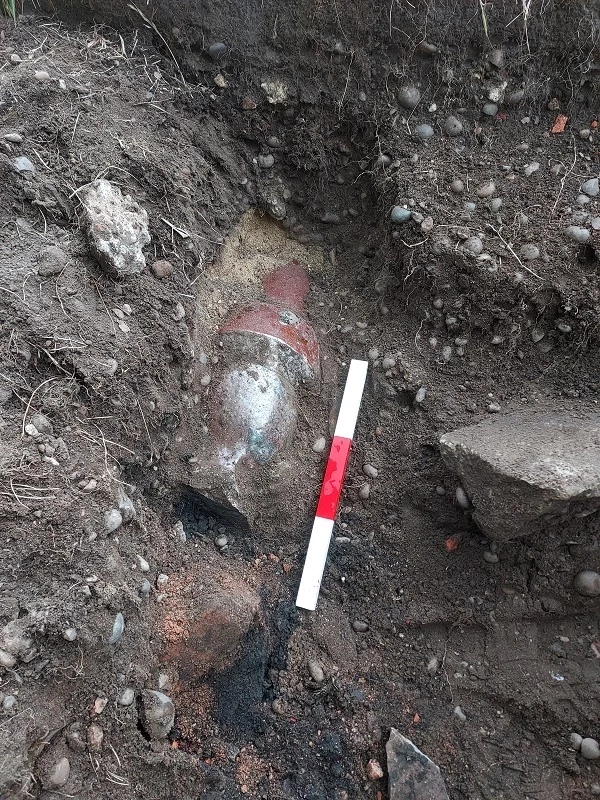
Final Day!
Thank you for following our first Greenwich Park Revealed community archaeology dig in Greenwich Park. The first of many across the park over the next two years!
The team confirmed that remains of both the Yapp telescope and the magnetic pavilion buildings do exist, although the Yapp telescope building has been comprehensively demolished. The foundations of the magnetic pavilion do survive in part, and we will be creating interpretation for these remains going forwards.
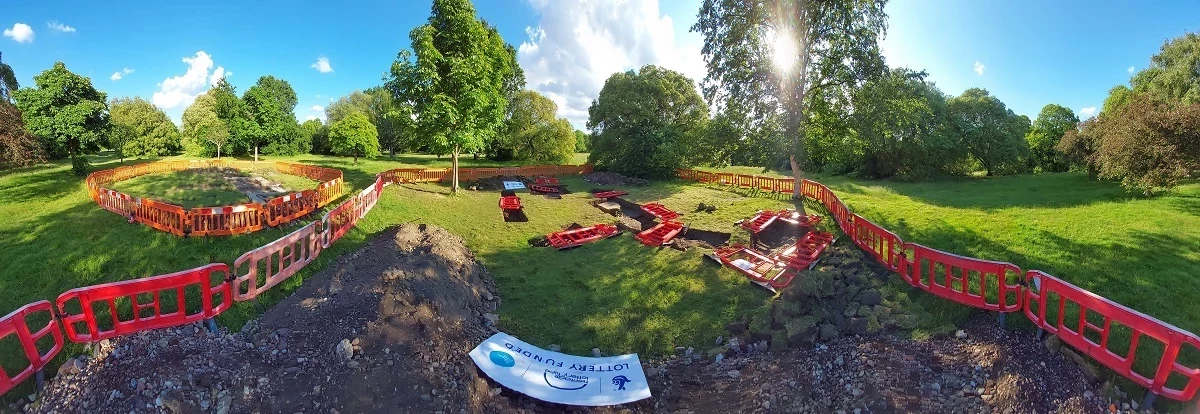
It's been a fantastic experience working with such wonderful schools and volunteers to uncover the historical secrets underneath of this wonderful park. The schools all had a great time and gave positive feedback. There was lots of evidence of teamworking, they learnt new archaeology skills, identified finds and had fun.
Finally, some important ‘thank yous’. None of the work would have been possible without the dedication and interest of a wide body of volunteers, both local and from further afield. Their enthusiasm drove the project forwards. We were also lucky to work with a wide range of local schools and were visited by almost 400 park visitors.
We can’t wait to get stuck into the next community project!
3D modelling of the discoveries
Drone footage of the dig site in Greenwich Park, courtesy of Captivate: Spatial Modelling, University of Greenwich
Related Articles
-
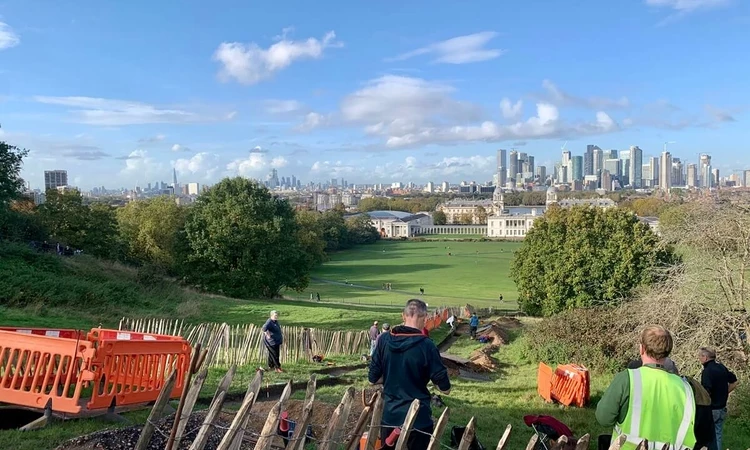 Read
ReadA dig with a grand view
Over the past few months, the archaeology team have been working on the Grand Ascent, the slope below the General Wolfe statue.
-
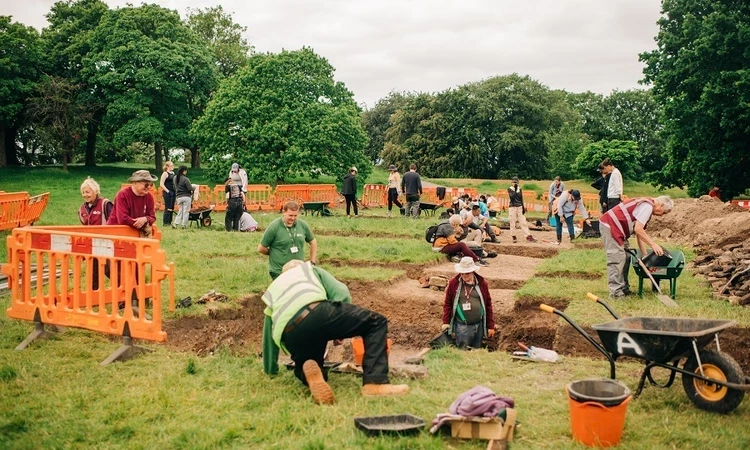 Read
ReadUnearthing an air raid shelter in Greenwich Park
As part of our Greenwich Park Revealed project to restore and protect the park we delivered a community dig to find out more about a lost air raid shelter.
-
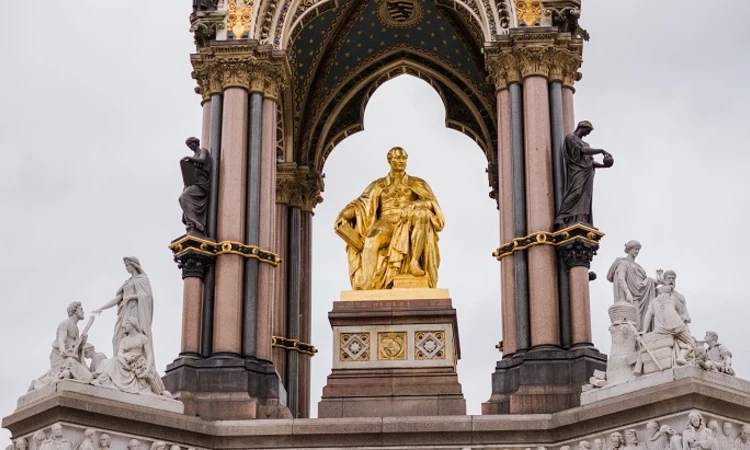 Read
ReadAlbert in the Age of Empire
The Albert Memorial reflects a Victorian view of the world that differs from mainstream views held today.